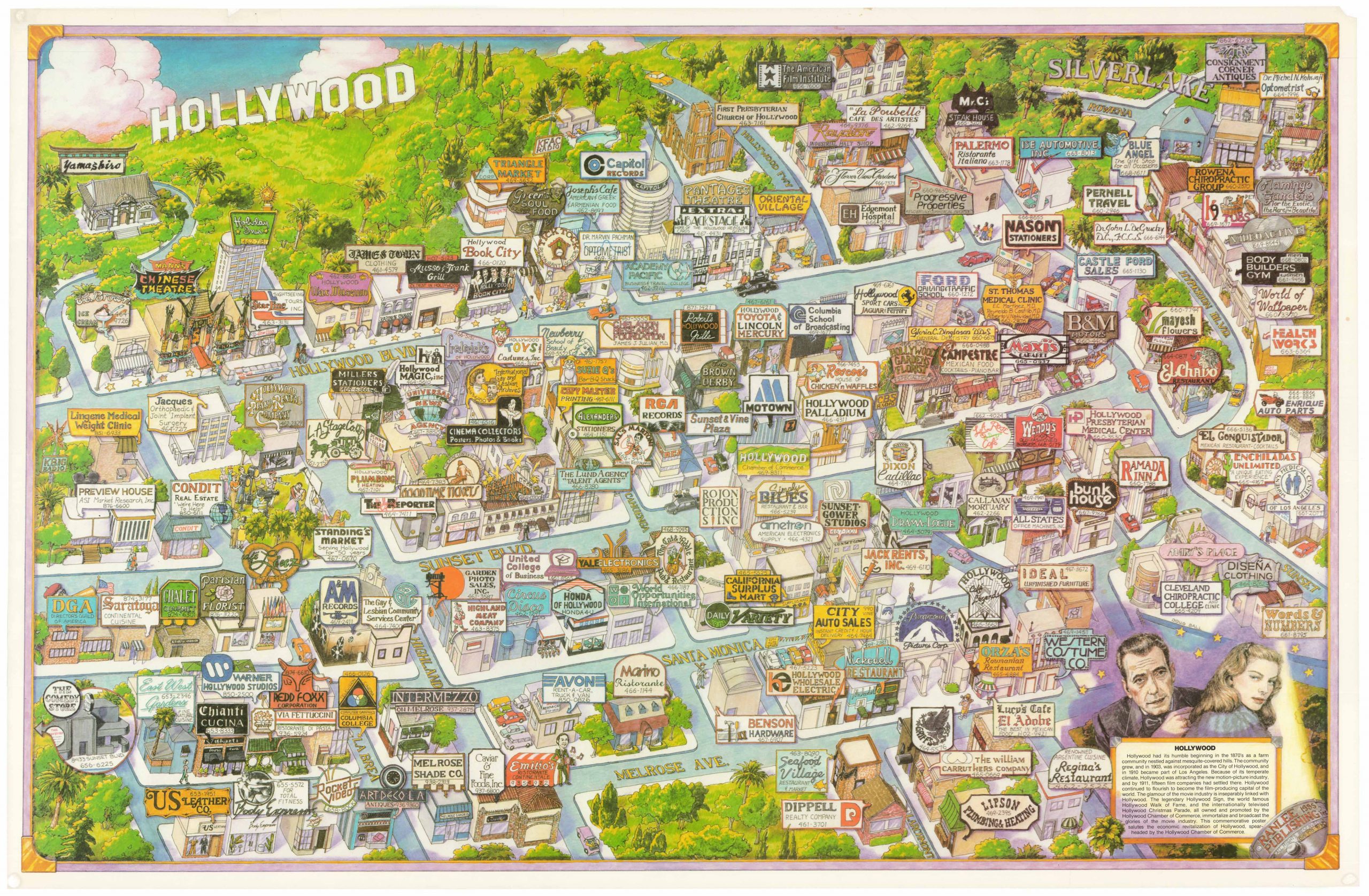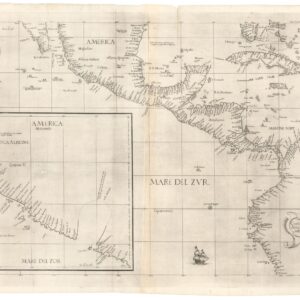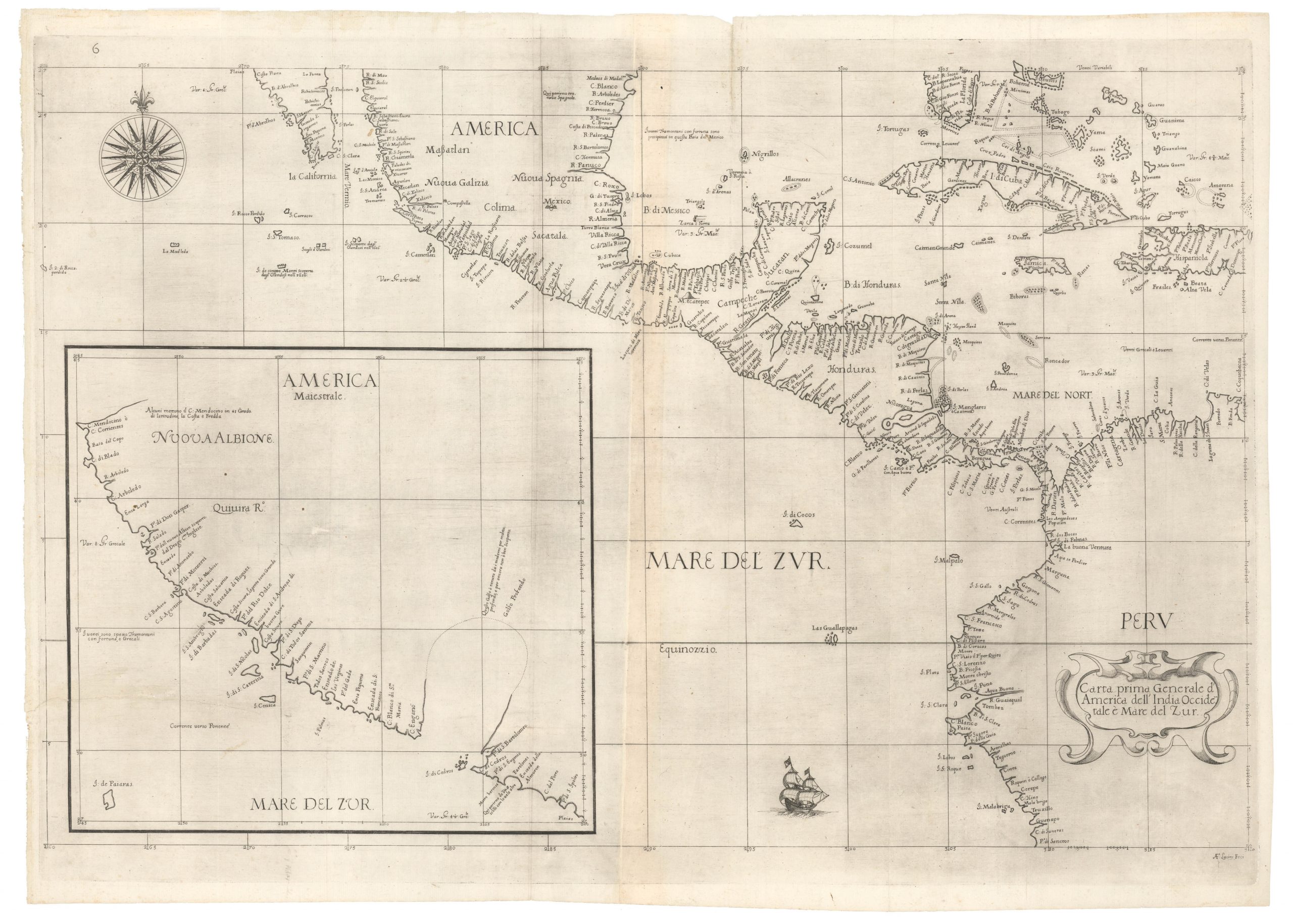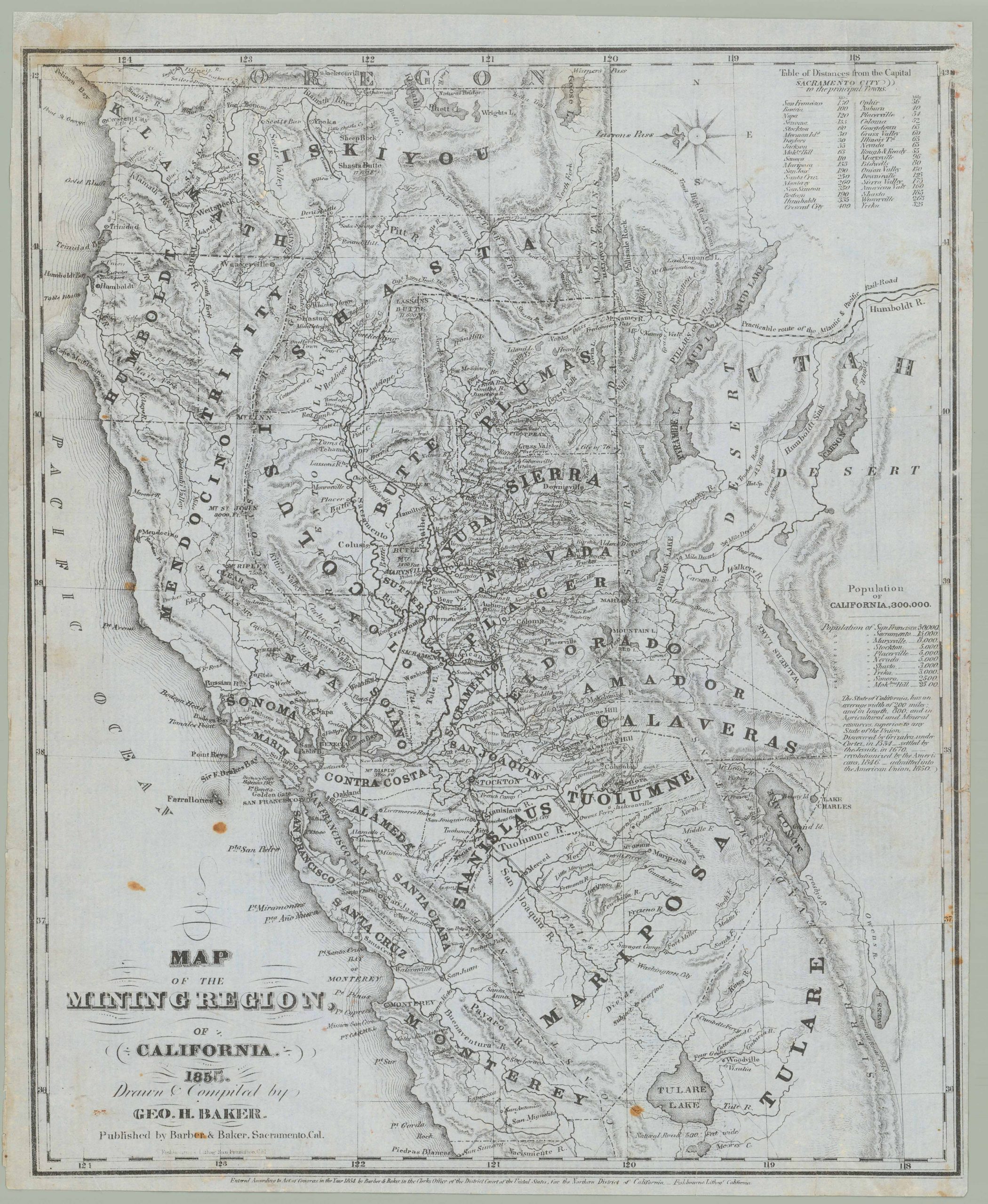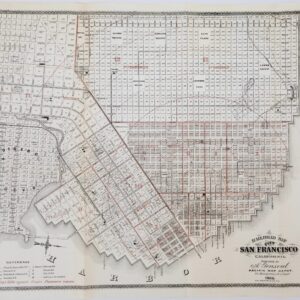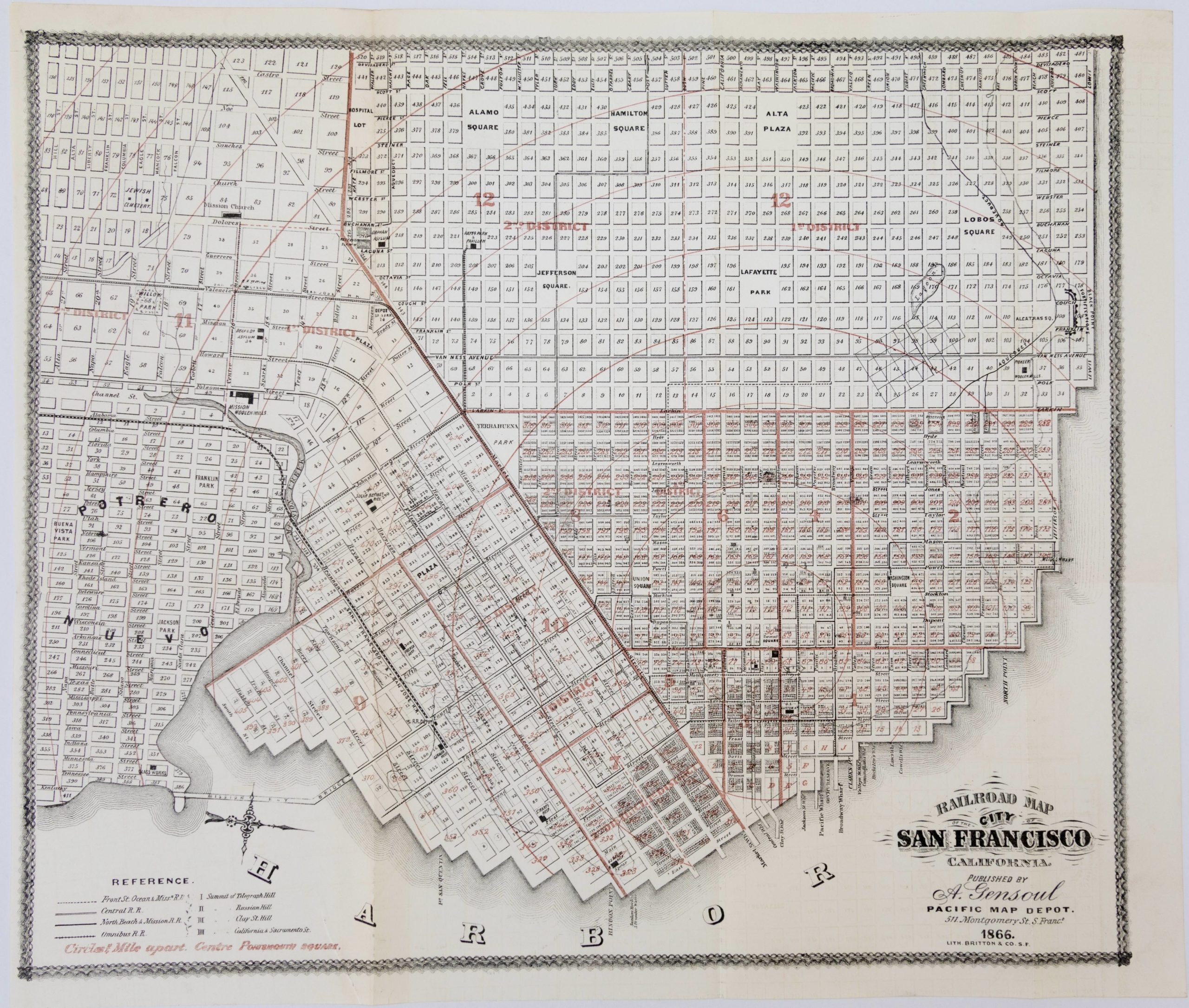A scarce 1875 Britton & Rey lot sale map of Kellogg, California.
Map of the Town of Kellogg. Knight’s Valley. Napa & Sonoma Counties, California.
$725
1 in stock
Description
This Map of the Town of Kellogg, dated May 13, 1875, depicts the planned subdivision and development of Kellogg, a town situated in Knight’s Valley, spanning Napa and Sonoma Counties, California.
Census and Publication Information
The map was created under the direction of James T. Stratton, then Surveyor General of California, and printed by prominent San Francisco lithography house, Britton & Rey. The map was intended for the promotion of a Grand Public Sale of lots for business purposes and villa residences. The auction, organized by H.M. Newhall & Co., Auctioneers, was part of a broader effort to develop and settle the region during California’s post-Gold Rush era.
OCLC Worldcat (#26940624) lists only one institutional holding, at UC Berkeley. We know of no copies sold on the private market.
Key Features of the Map
The map outlines a planned grid of streets, avenues, and lots, showcasing the town’s structured layout. Streets are sequentially numbered, from First Street to Sixth Street, with Steele Street highlighted as the main thoroughfare at 80 feet wide, while other streets measure 60 feet wide. The lots are clearly marked and divided into two categories:
- Business Lots: Smaller lots measuring 25 x 150 feet, ideal for commercial establishments.
- Villa Lots: Larger lots measuring 50 x 150 feet, catering to residential buyers.
At the center of the map, a Plaza is prominently marked, designed as a communal gathering space along the lines of other towns in the region, for example Sonoma. The map also includes infrastructure details such as a Road to Calistoga, connecting the town to nearby areas, and natural features like hills and a stream that runs through the area, indicating the region’s scenic and agricultural appeal. Notably, the Alhambra Hotel is marked as a key feature, reflecting the town’s aspirations as a destination for visitors and settlers.
Historical Context of Kellogg
Kellogg was envisioned as a settlement in Knight’s Valley, a picturesque area at the base of Mount Saint Helena, known for its agricultural potential and natural beauty. Originally a summer resort, the town was strategically located near Calistoga and the Russian River, making it accessible to travelers and settlers. The Alhambra Hotel, constructed of adobe with ten adjoining cottages, could accommodate up to 125 guests, underscoring the town’s role as a hub for tourism and relaxation in the late 19th century.
Despite its potential, Kellogg remained small and unincorporated, eventually becoming part of Sonoma County’s rural landscape. The map represents an ambitious effort to establish Kellogg as a thriving town during a period of expansion and settlement in Northern California.
Hon. James T. Stratton: The Surveyor
The map was surveyed and subdivided under the supervision of Hon. James T. Stratton (1830–1903), a distinguished surveyor and civil engineer. Stratton was a pivotal figure in California’s land development during the 19th century, known for his expertise in surveying Mexican land grants and subdividing ranchos into towns and communities. Appointed as U.S. Surveyor General for California in 1873 by President Ulysses S. Grant, Stratton’s work shaped the development of numerous towns, including Kellogg.
Cartographer(s):
Britton & Rey (1852 – 1906) was a lithographic printing firm based in San Francisco and founded by Joseph Britton and Jacques Joseph Rey in 1852. Especially during the second half of the 19th century, Britton and Rey became the leading lithography firm in San Francisco, and probably California. Among their many publications were birds-eye-views of Californian cities, depictions of the exquisite landscapes, stock certificates, and no least maps. While Rey was the primary artist, Britton worked not only as the main lithographer but was essentially also the man running the business. In addition to their own material, the firm reproduced the works of other American artists like Thomas Almond Ayres (1816 – 1858), George Holbrook Baker (1824 – 1906), Charles Christian Nahl (1818 – 1878), and Frederick August Wenderoth (1819 – 1884). Following Rey’s death in 1892 Britton passed the form on to Rey’s son, Valentine J. A. Rey, who ran it until the great earthquake and fire of 1906 destroyed most of the company’s assets.
Joseph Britton (1825 – July 18, 1901) was a lithographer and the co-founder of the prominent San Francisco lithography studio Britton and Rey. He was also a civic leader in San Francisco, serving on the Board of Supervisors and helping to draft a new city charter. In 1852, he became active in lithography and publishing, first under the name ‘Pollard and Britton,’ and then ‘Britton and Rey,’ a printing company founded with his friend and eventual brother-in-law Jacques Joseph Rey. Britton and Rey became the premier lithographic and engraving studio of the Gold Rush era, producing letter sheets, maps, and artistic prints.
Jacques Joseph Rey (1820 – 1892) was a French engraver and lithographer born in the Alsatian town of Bouxwiller. At the age of about 30, he emigrated to America, eventually settling in California. Here, he soon entered into a partnership with local entrepreneur and civic leader Joseph Britton. Three years later, Rey also married Britton’s sister, allowing his business partner and brother-in-law Britton to live in their house with them. Rey and Britton were not only an important part of the San Francisco printing and publishing scene but also owned a plumbing and gas-fitting firm. In the early years, both men would sometimes partner up with others on specific projects, but by the late 1860s, their partnership was more or less exclusive.
Condition Description
Backed by Japanese tissue paper. Repaired tears.
References

